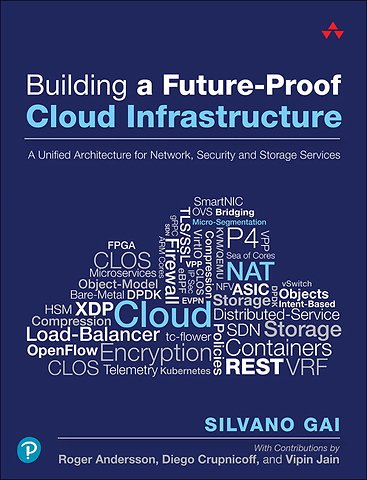Building a Future-Proof Cloud Infrastructure
A Unified Architecture for Network, Security, and Storage Services
Paperback Engels 2020 9780136624097Samenvatting
In Building a Future-proof Cloud Infrastructure, network pioneer Silvano Gai shows how to implement Distributed Services Platforms with multiple service modules in diverse hardware.
Focusing on business benefits throughout, Gai places Distributed Services Platforms in the context of current trends in network and cloud architecture and virtualization. He compares four leading architectures: Sea of Processors, FPGAs, ASIC, and P4, reviewing the advantages and tradeoffs of each, and illuminating key concepts with intuitive illustrations.
By the time students have finished, they’ll know how to evaluate solutions, ask pertinent questions, and plan the best Distributed Services Platform strategies for their own environments.
Specificaties
Lezersrecensies
Inhoudsopgave
Rubrieken
- advisering
- algemeen management
- coaching en trainen
- communicatie en media
- economie
- financieel management
- inkoop en logistiek
- internet en social media
- it-management / ict
- juridisch
- leiderschap
- marketing
- mens en maatschappij
- non-profit
- ondernemen
- organisatiekunde
- personal finance
- personeelsmanagement
- persoonlijke effectiviteit
- projectmanagement
- psychologie
- reclame en verkoop
- strategisch management
- verandermanagement
- werk en loopbaan
